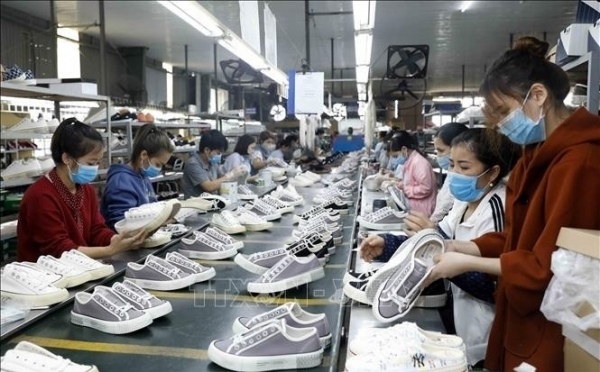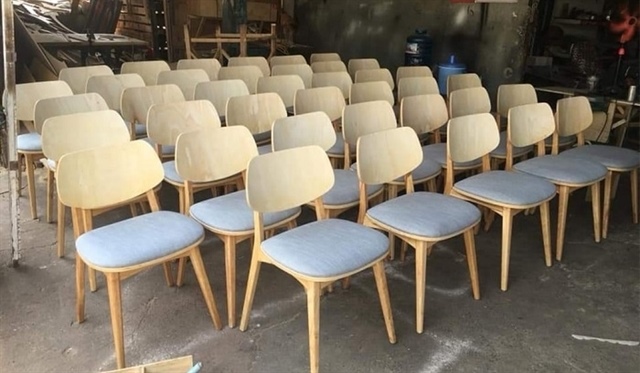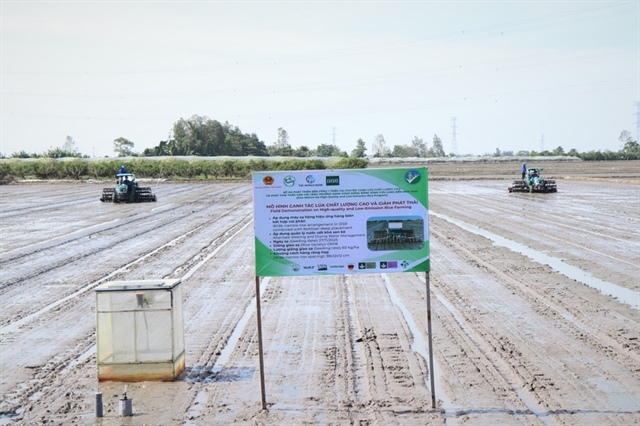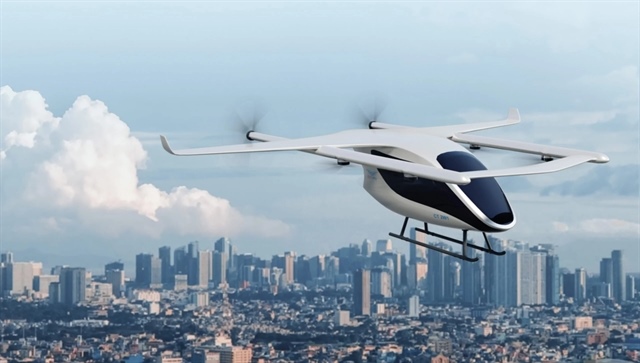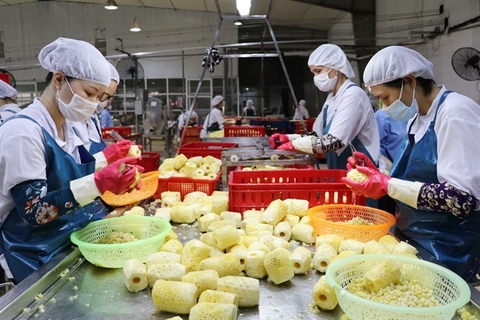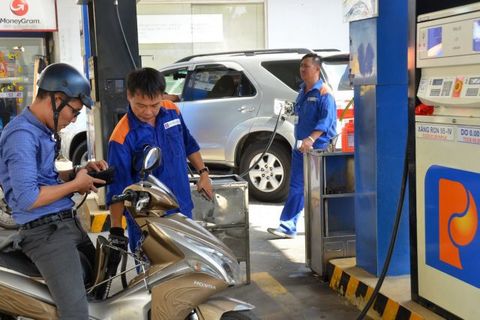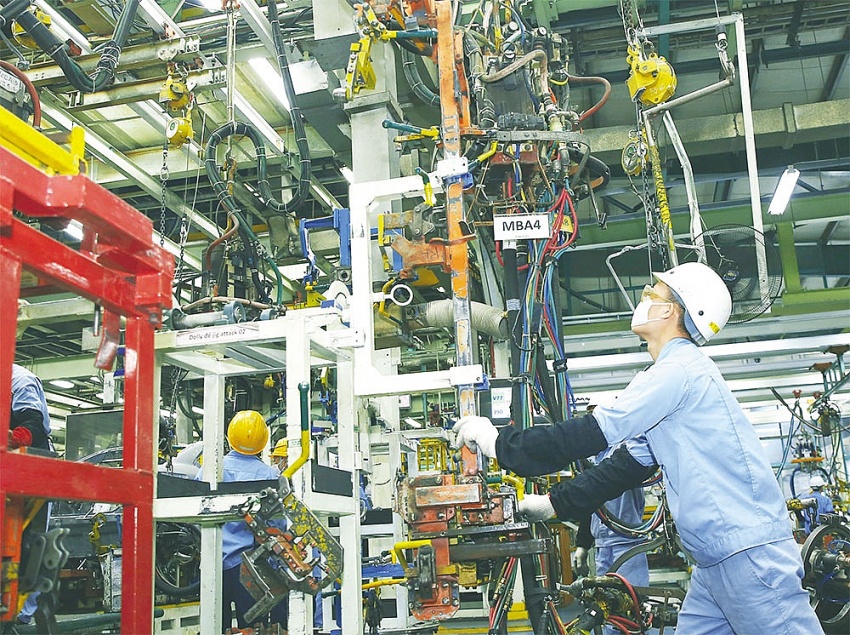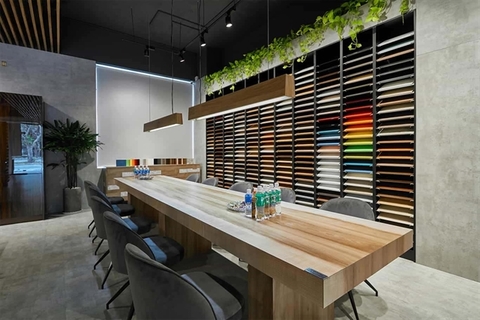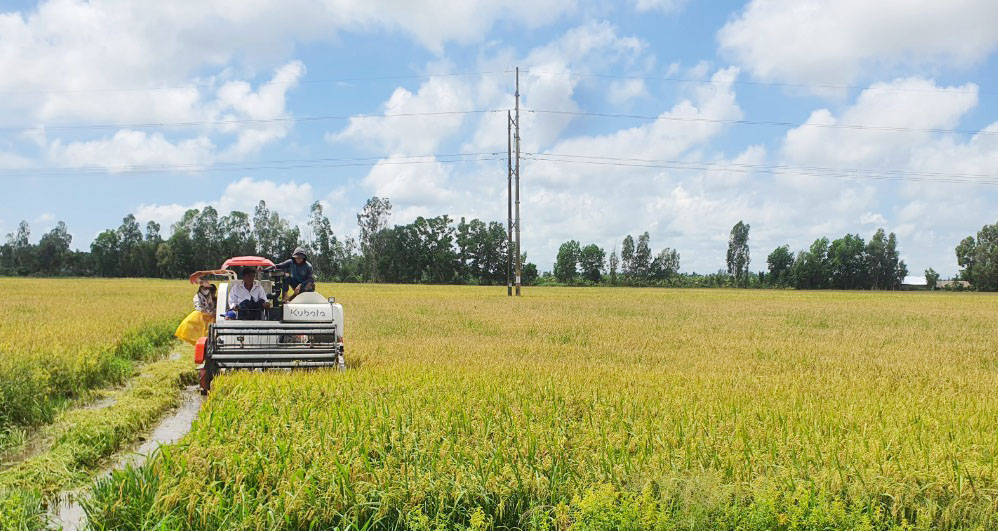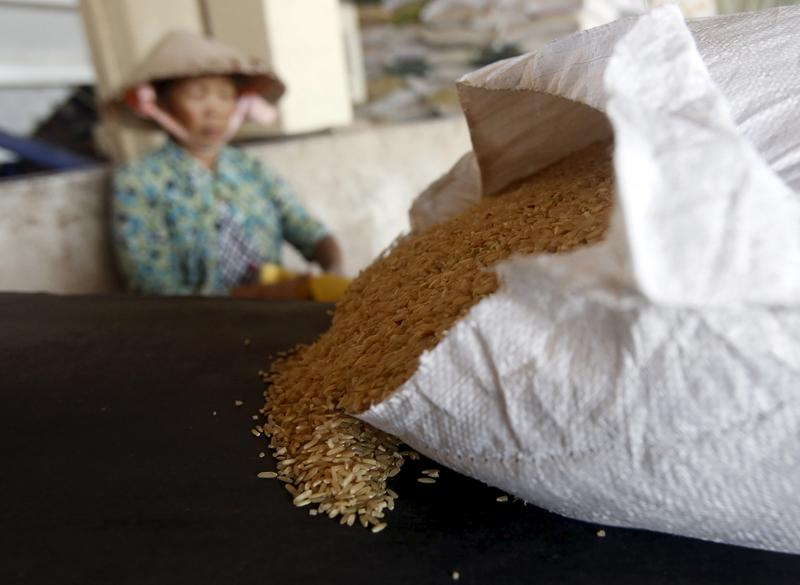Footwear enterprises facing challenges
Footwear enterprises facing challenges
Viet Nam's leather and footwear enterprises face many challenges in the remaining months of 2022, especially the lack of market information, according to the Viet Nam Leather, Footwear and Handbag Association (Lefaso).
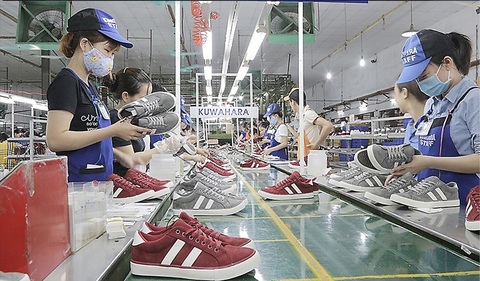
Phan Thi Thanh Xuan, Lefaso vice chairwoman and general secretary, said the existing inventory for fashion items was very large. Surveys from the businesses and brands show that the order situation will slow down until the first quarter of 2023.
Viet Nam's export leather and footwear products are rated at an average level in terms of quality and price. The industry needs to produce higher-value items to compete with the same products from other countries. To do so, importing high-value raw materials from other countries is necessary.
The domestic leather and footwear industry has not taken advantage of importing equipment and materials from the countries signing trade agreements with Viet Nam. However, it has promoted exports to those markets.
Especially for the EU, this market has a good source of high-value raw materials suitable for manufacturing products in a higher segment. Viet Nam has not taken opportunities to import new technologies and equipment from this market in the context of developing sustainable production using green and clean technology.
Xuan has proposed Viet Nam's trade offices abroad to provide market information for the local businesses and assist them in finding partners supplying the raw materials and accessories in the EU. That will help the companies take tax incentives from the Viet Nam - EU Free Trade Agreement (EVFTA).
She also said that the German Supply Chain Act comes into effect from January 1, 2023. This law will strongly impact the local production chain of the leather and footwear industry when exporting to the EU market.
Meanwhile, domestic leather and footwear enterprises have only received information about the date of effecting the law, but not specific schedules on implementing the law and requirements on procedures.
"Enterprises need this information promptly to prepare their business plans," Xuan was quoted by Cong thuong (Industry and Trade) newspaper as saying.
In addition, the representative of Lefaso also hopes that the Viet Nam's trade offices abroad will continue to inform advantages of Viet Nam's leather and footwear industry.
According to the General Department of Customs, Viet Nam's footwear export value in July was US$2.27 billion, bringing the total turnover in the first seven months of this year to $16.08 billion. The export value in the first seven months rose by 33 per cent.
Meanwhile, Lefaso said the domestic leather and footwear production growth rate in July reached 3.2 per cent on the month and 25.5 per cent over the year. In the first seven months of the year, the production growth of the industry stood at 15.1 per cent.
The industry's employment index in July also increased by 1.1 per cent and 21.6 per cent over the year.
According to the association, the footwear export value in the year's first half rose by 13.3 per cent to $11.79 billion.
Among the export markets of Viet Nam's leather and footwear products, North America still had the strongest growth with 24.5 per cent, Europe with 15.7 per cent and South America with 10.8 per cent.
The export value decreased by 6 per cent in the Asian market and 1.9 per cent in the Oceania market.
The US was still the largest footwear export market of Viet Nam, reaching $6 billion. Belgium was the second largest market with $866.6 million, while China dropped to the third position with $863.2 million.
According to the association, Viet Nam's footwear exports to markets having FTAs with Viet Nam have continued a positive recovery.
The exports increased by 18.2 per cent to the EVFTA market, 10.5 per cent to the Comprehensive and Progressive Agreement for Trans-Pacific Partnership market and 10.9 per cent to the UK, which has signed a free trade agreement with Viet Nam.
Meanwhile, the Viet Nam-Eurasian Economic Union Free Trade Agreement market saw a huge drop in export footwear growth of 57.7 per cent due to the Russia and Ukraine conflict.
Footwear exports to ASEAN declined slightly by 1.7 per cent.
Xuan said that exports in the first half achieved good results. However, local businesses faced great difficulties affecting the production and business results of the domestic leather and footwear industry, including a lack of raw materials and labour.



